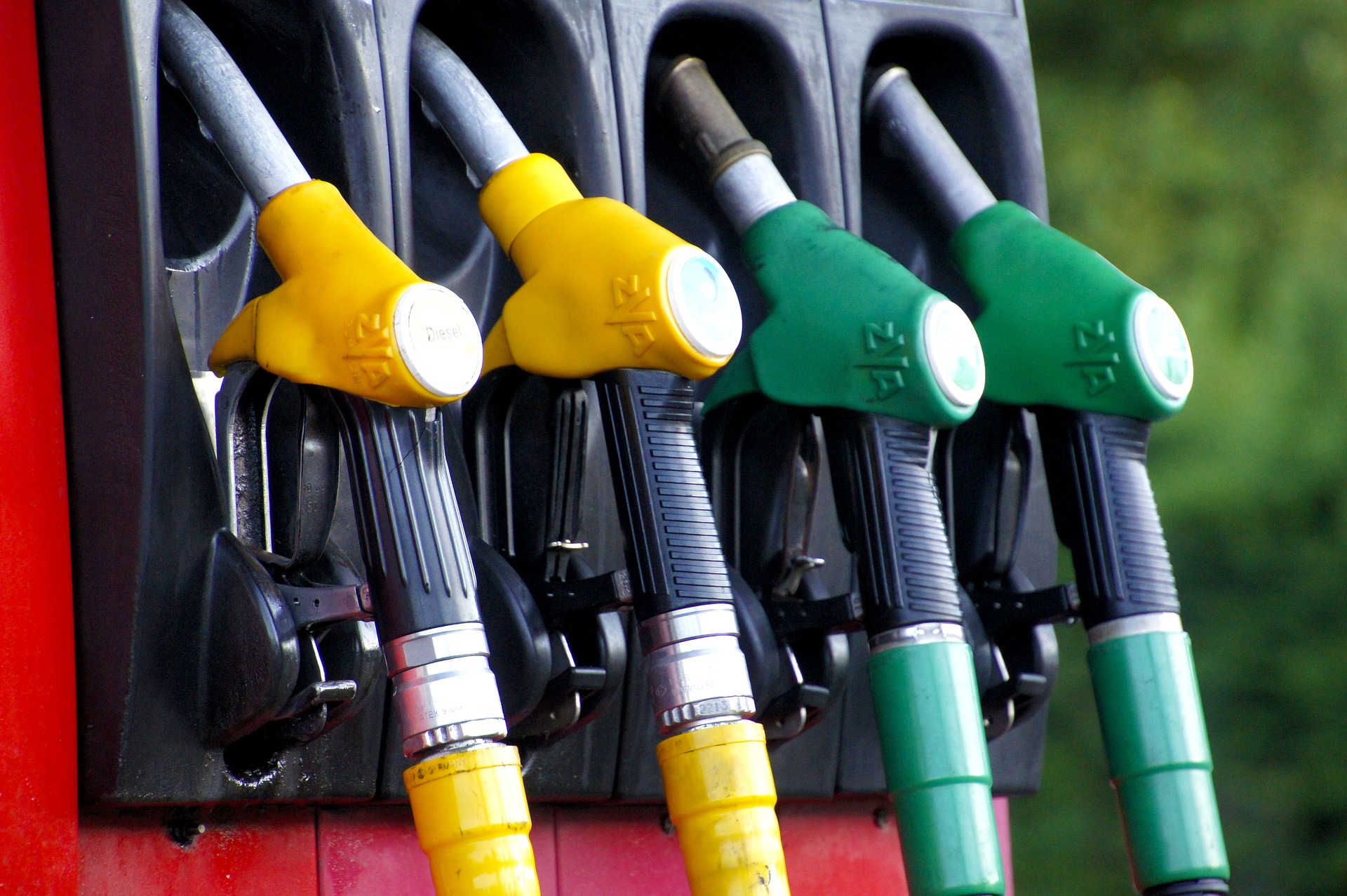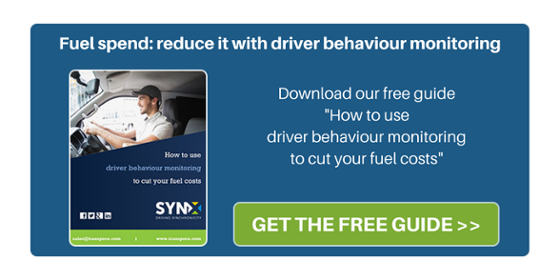
Fuel spend reporting is extremely useful for fleets as fuel is probably the highest source of cost. Despite fuel being a single source of costs, there are actually a number of actions you can explore to make your fuel spend reporting more accurate and complete—assuming you do not already use fuel management software.
Here are some of the actions you can take to make sure you record where every drop of fuel you purchase ends up going:
1. Do check on personal mileage
Some of our customers are surprised to learn that their drivers have taken detours or have chosen a particular place to go for food or personal errands. While of course it might be part of the job to take lunch breaks and find somewhere to eat, is it necessary to depart too far from the planned route, especially for personal errands and admin? These actions still impact on your fuel costs and need to be taken into consideration. Having said that, it is possible to work out a personal mileage policy or think about a solution for drivers looking for a suitable place to break and eat so that this particular expense doesn’t become excessive.
2. Try to estimate quarter/monthly fleet fuel consumption
Making monthly or quarterly estimations of your global fuel consumption based on your average can help if you do not expect to stray far from your normal jobs or travel routine; any significant discrepancies from the average estimate should ring an alarm in terms of fuel consumption—has something specific happened with vehicles/fuel purchases/work load?
3. Document odometers
If you still do not have the technological tools to record the money you spend on fuel, keep track of your odometer reading and your fuel purchases to calculate how much you spend on fuel measured over distance. You can then set an average in litres per 100 km that could be considered your average consumption (although there are many more modern systems that can help you determine the statistical mile/litre average much more easily!).
4. Think about factors not strictly related to fuel
This is unfortunately something you are not necessarily able to keep track of if you aren’t reliant on technology: driver behaviour, vehicle maintenance and tyres, for example. You never really appreciate how these factors impact your fuel spend until you’ve acquired a technological solution that is able to track everything. Admittedly, you can still cross-check maintenance invoices with fuel consumption using odometers and bills and try to notice any suspicious patterns.
We recommend the use of a technological solution like SynX Perform for fuel management, not only for tracking purchase and consumption but also to provide information on other influencing factors such as driving style and global maintenance.





